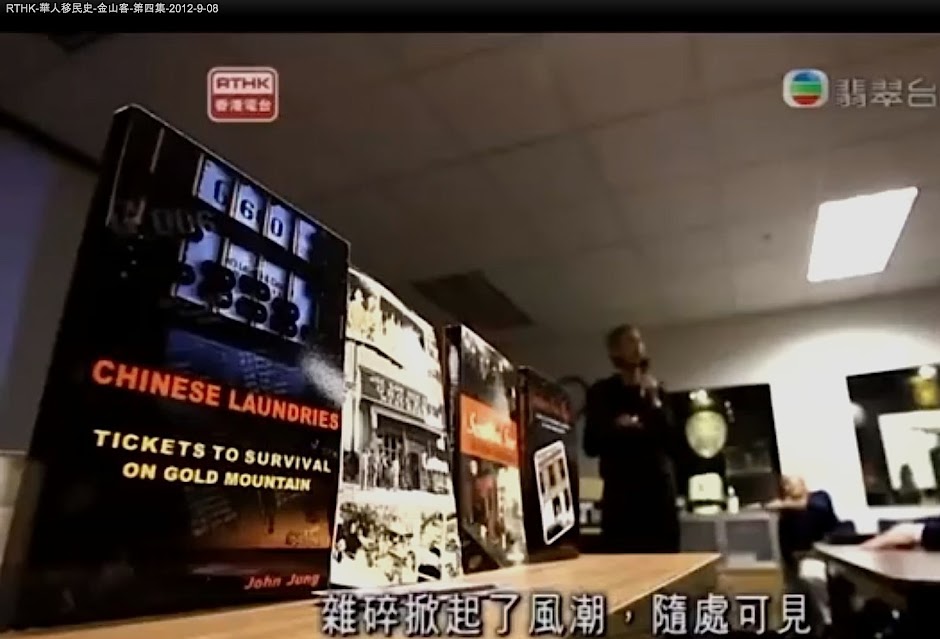Chinese statesman Li Hung-Chang (1823-1901) was a towering figure in late nineteenth-century Chinese political life, exerting a profound influence over Chinese foreign policy and relations and overseeing China's modernization and development of western-style industrialism. When news of his plans to visit America in 1896, newspapers published extensive information and praise of his achievements, creating crowds in New York wanting to catch a glimpse of this celebrity.
Li visited the U.S. in 1896 on a diplomatic mission but what his visit is most noted for is his connection with a rather pedestrian Chinese dish, chop suey. The legend goes that one night the Viceroy, tired of American banquet fare, wanted Chinese food late one night. The restaurant was out of most ingredients by that hour but the chef cobbled all the leftover cuttings from vegetables and stir-fried a dish for his distinguished guest. Reporters who were present reported that he enjoyed the dish which was called "chop suey." When this news was reported in newspapers across the country, it generated high curiosity among the "foodies" of the era who ventured in groups to go 'slumming' in the dark and dangerous big city Chinatowns.
Many Chinese restaurants, such as long-running Yee Jun in San Francisco not only added various versions of chop suey to their menus but capitalized on the publicity about the Viceroy's approval of the concoction by including a Li Hung-Chang chop suey.
The publicity about this version of chop suey even encouraged newspapers to publish instructions for Americans to prepare it at home themselves including instructions for properly drinking tea, cooking rice, and information about famous Chinese dishes like bird's nest soup.






